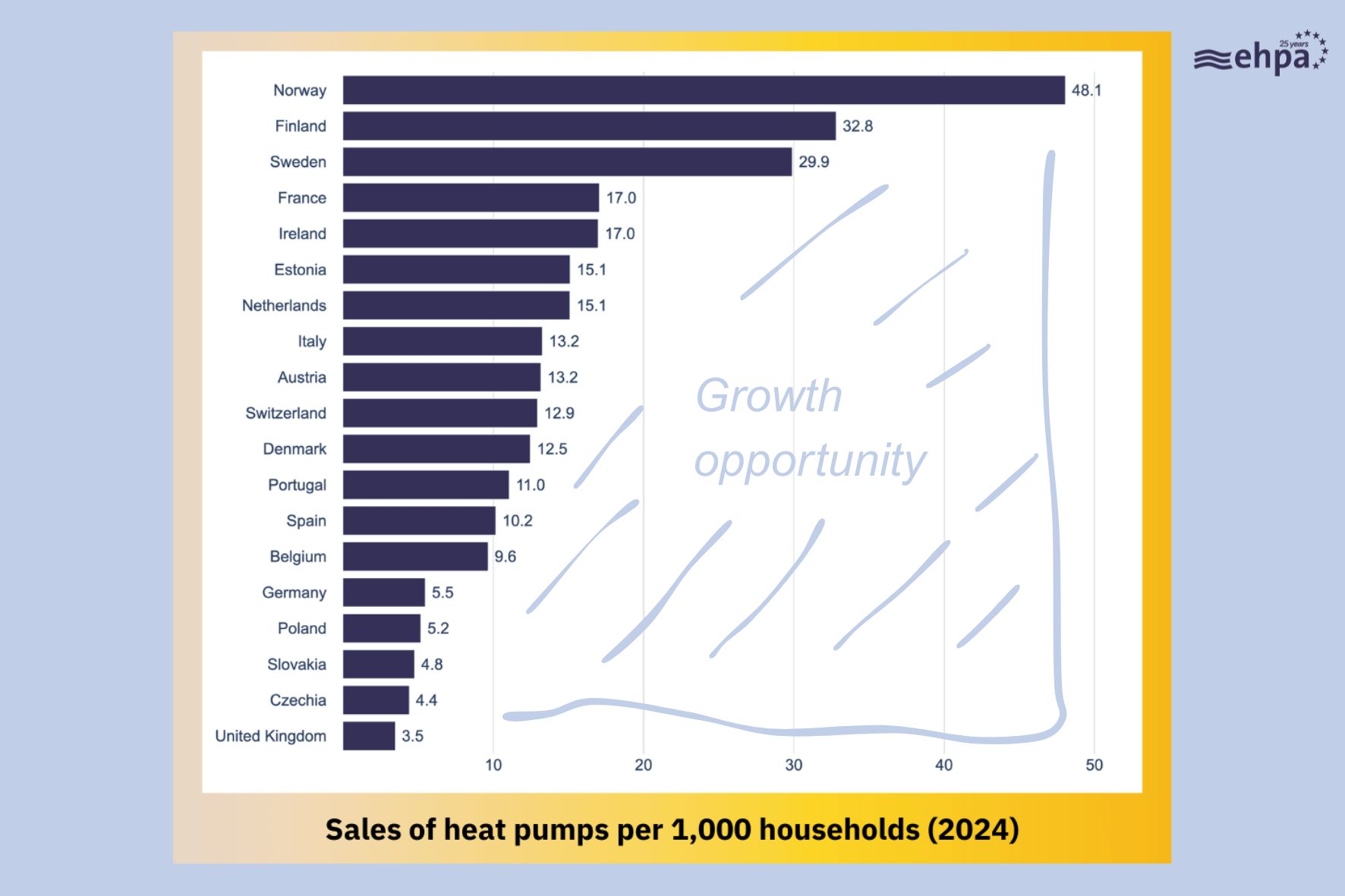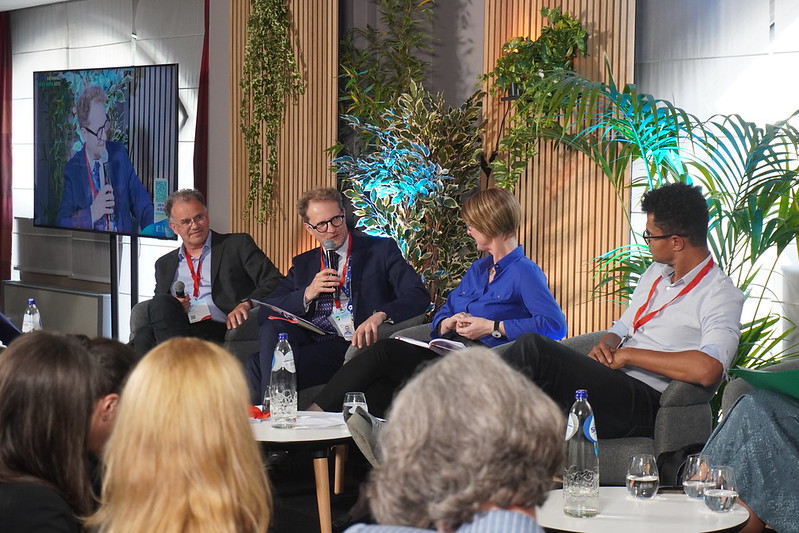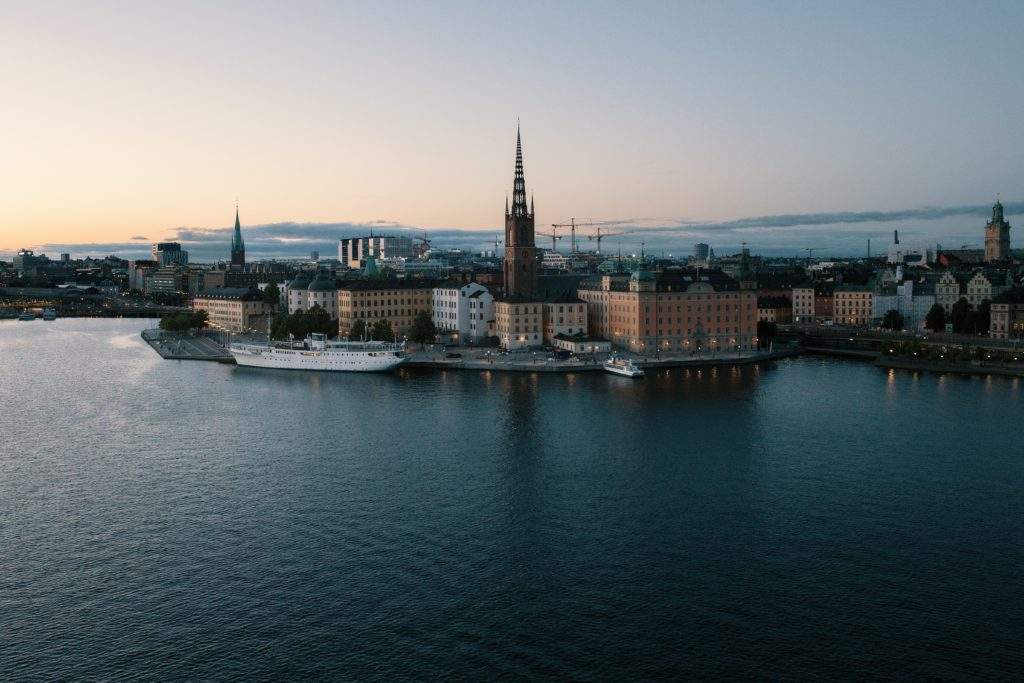Sweden has long been a champion in the production of renewable energy and, together with Norway and Finland, ranks among the top countries in Europe and worldwide for the highest number of heat pumps per capita.
The oil crisis in the late 1970s pushed the country towards electrification and biomass. However, with rising biomass costs and increasing concerns about its sustainability, the country is now striving to adopt even cleaner and more environmentally friendly technologies, seeking to set an example for all of Europe.
To explore the future of heating and cooling in the country, the European Heat Pump Association (EHPA) and the European Technology and Innovation Platform on Renewable Heating and Cooling (RHC ETIP) organised an online roundtable on 28 November.
Following last year’s focus on Spain, this session highlighted Sweden’s advancements and synergies among three critical clean energy-providing technologies: district heating and cooling, introduced by Kristina Lygnerud, Senior Energy Expert and Professor at Lund University; solar thermal, presented by Joakim Byström, CEO of the solar heat solutions company Absolicon; and heat pumps, presented by Mattias Järvinen of the Swedish Heat Pump Association.
Heat pumps have been at the heart of Sweden’s heating strategy for decades, with over 2.1 million units currently in operation. Järvinen showcased the evolution of these systems, which have evolved from early residential applications to newer models used in commercial buildings, factories, and district heating networks. He also highlighted the growing role of large heat pumps for industrial processes and waste heat recovery.
This emphasis on heat pump integration aligns closely with Sweden’s district heating network, which currently supplies around 50% of the country’s heating needs, as noted by Lygnerud. While these systems flourished during Sweden’s post-war building boom, bolstered by hydropower, today, new opportunities arise. This is thanks to the integration with heat pumps for excess heat recovery and circular energy production.
Lygnerud was followed by Byström, who explained how Sweden’s long summer days provide solar energy, making solar thermal energy a viable complement to other renewable sources.
He introduced the concept of pit storage, seasonal heat storage systems that allow solar energy harvested in summer to be used during colder months. These systems, already successful in Denmark, could be adapted to Sweden’s vast district heating networks, mitigating the reliance on biomass and biofuels. “We cannot continue to burn our forests,” commented Byström.
Despite their focus on different technologies, the panellists shared a unified vision when asked about the future of decarbonisation in Europe. They emphasised the importance of building partnerships and creating synergies between policymakers, industries, and communities within the renewable energy sector. “It’s by sitting down together that the magic happens,” concluded Järvinen.
Learn more about the European Technology and Innovation Platform on Renewable Heating and Cooling (RHC ETIP).






